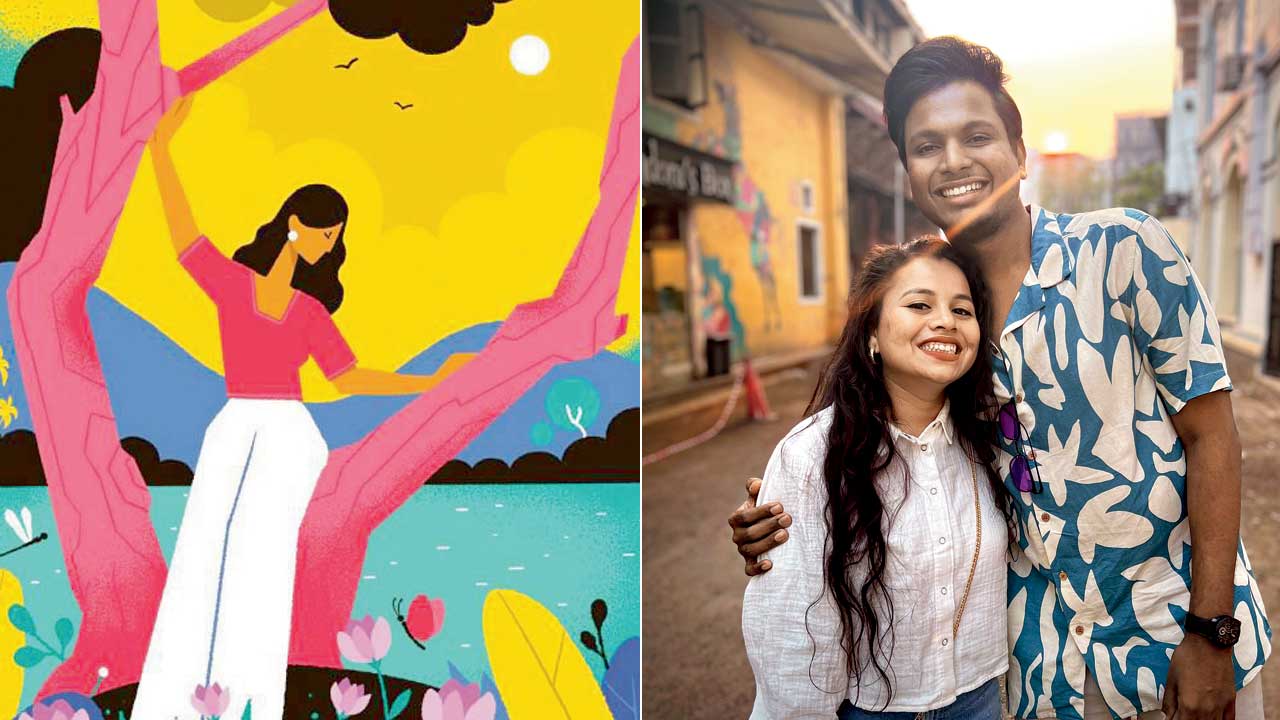This guide for educators helps inspire creative approaches to address issues of climate change, sustainability, and peace through first-hand accounts and colourful illustrations

Illustration (left) by Neethi Neethi (right)
Geography lessons in school felt too drab to those who couldn’t warm up to the subject. Greyscale illustrations and incomprehensible maps didn’t help decode rainfall data and river lengths. It was later, with reported stories and projects told by or from the perspective of the people engaging with these natural forces, that this writer experienced living and nuanced surroundings that were hardly divorced from life and actions.
ADVERTISEMENT
Creative ways to communicate topics such as climate change and the environment, especially to students, is the need of the hour. One such recent initiative was an educator’s guide titled Creative Approaches to Climate and Peace Education, co-created by Climate Illustrated and the Leibniz Institute for Educational Media, GEI, in Germany.
 Illustration (left) by Neha and Anirudh Kadav
Illustration (left) by Neha and Anirudh Kadav
The book explores first-hand accounts that intersect with climate change and conflict, but are presented with ecological awareness, regeneration, and peace for a nuanced and hopeful perspective, and are brought to life with colourful illustrations. Among the contributing artists that span six countries are Mumbai-based duo Neha and Anirudh Kadav, and Bengaluru-based Neethi Neethi.
The Kadavs of @heydoode_ studio, illustrated Aditi Pathak’s story that chronicles her memories of climbing trees in her village. The story goes on to mark scenic changes leading to fewer trees and lesser rainfall. Highlighting energy and solitude as keywords, the illustration features a woman with her hand and gaze prominently on a branch. “The colour palette can impact the viewer [and their perspective] which is why the illustration is bright and vibrant,” they share.
Illustrator Neethi’s (@kneethee) artwork is rooted in photographer and environmentalist Dr Michael Chew’s story. It explores the perspectives of youth from Bangladesh and Australia towards their natural world, through auto-photography. “The artwork brings out the children in the story and the camera that empowers them,” she says.
 Subscribe today by clicking the link and stay updated with the latest news!" Click here!
Subscribe today by clicking the link and stay updated with the latest news!" Click here!







